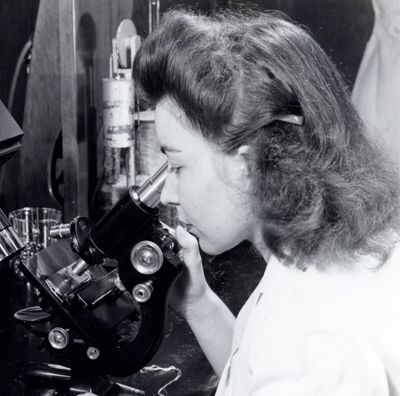Overview
Eastman actively promotes the licensing of its oxo rhodium BISBI catalyzed process, which yields a ratio of n-butyraldehyde to isobutyraldehyde > 25/1 (or > 96% n-butyraldehyde). Eastman’s standard offering is a license of the oxo BISBI process as well as its proprietary i-/n-butanol and 2-ethylhexanol technologies.
As a producer of more than 25 derivatives from the oxo aldehyde streams, we provide a competitive advantage with more downstream versatility and business opportunities as a potential strategic partner and process technology licensor.

The history of oxo production
In 1952, Eastman operated a cobalt-based process to produce butyraldehydes and developed product lines that used the linear and branched isomers of butyraldehyde, resulting in its first shipment the same year. In the late 1970s, Eastman began to examine rhodium-based technology to manufacture butyraldehydes.
In the mid-1980s, a commitment by Eastman led to the development of new oxo catalyst technologies with an emphasis on adapting evolving business needs. This dedication to oxo technology research resulted in the creation and commercialization of several rhodium catalyst systems.
As one of the world’s largest single-site oxo facilities, the Longview, Texas, plant produces more than 25 different organic chemicals and specialty polymers. The primary focus of production is the oxo stream, which includes propionaldehyde, normal butyraldehyde, isobutyraldehyde and their derivative compounds. These derivatives encompass various substances such as alcohols, esters, acids and plasticizers.
In 2004, Eastman expanded oxo chemical production to the Qilu Eastman Specialty Chemicals, Ltd., facility in Zibo, China.

Inquiries
For more information on Eastman's technology offerings, contact us:
Eastman
Technology licensing and alliances
P.O. Box 431, Bldg. 280
Kingsport, TN 37662
Tel: 1-800-EASTMAN (800-327-8626), Ext. 1369







